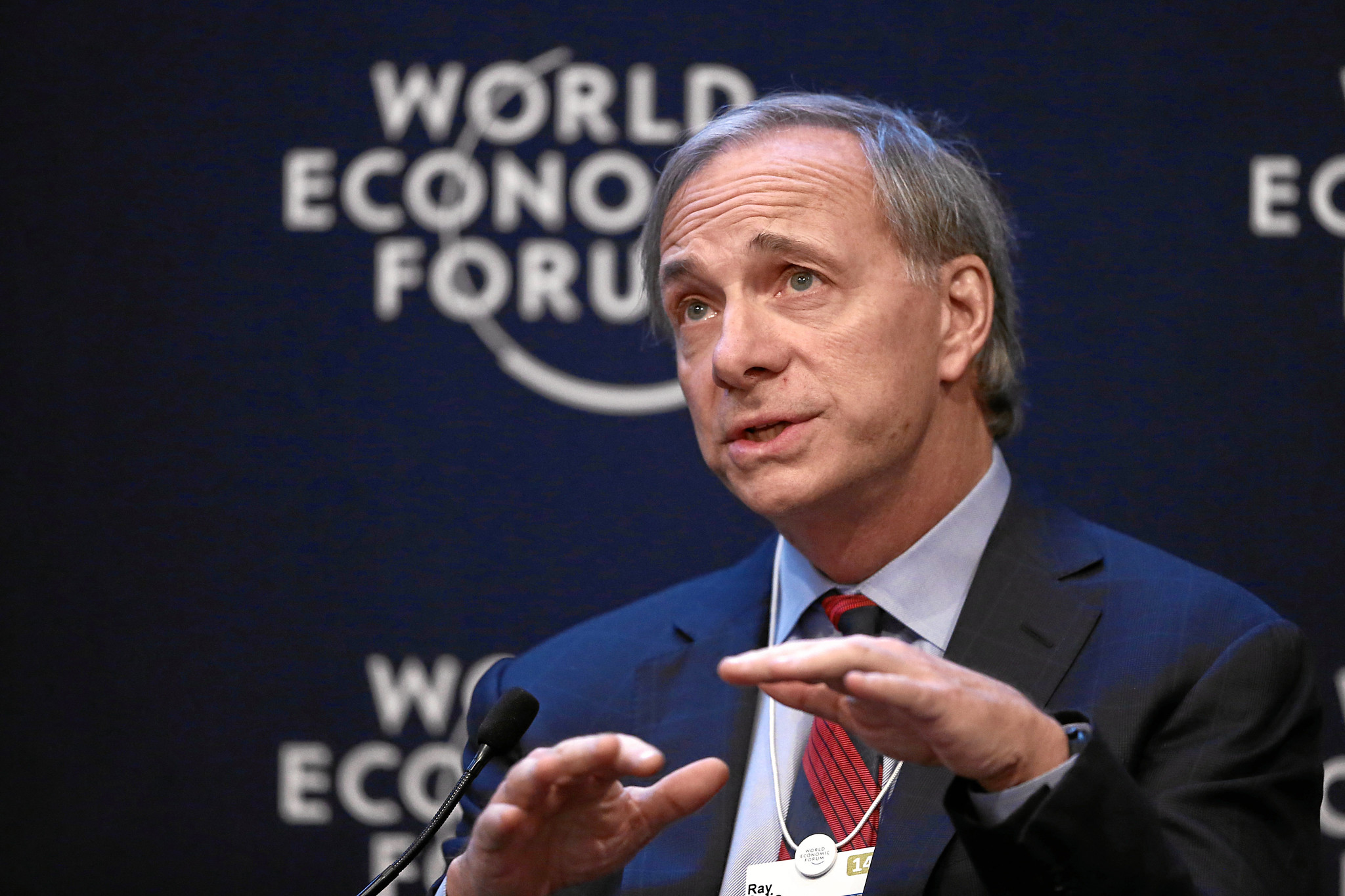Many Wall Street fund managers know only to play offence, pushing up stock targets even when economic indicators signal otherwise. Many stock analysts recommend the “buy and hold” strategy despite obvious signs of impending market upheavals, such as a recession or high inflation.
Convincing clients to “hold” on to their “offence only” assets ensures a consistent income from fees for fund managers, which didn’t play out well for investors during the market crashes of 2020 and 2022. Economic crises triggered by the pandemic and the Russia-Ukraine war caused massive panic-selling, where many investors lost their hard-earned money.
Ray Dalio, founder of Bridgewater Associates, one of the world’s top hedge funds, explained in his book Principles that diversification is the “Holy Grail of Investing.”
His “all-weather” investments, which focus on bundling uncorrelated return streams, helped his fund generate returns for investors regardless of economic conditions. According to Forbes, he has a personal wealth of $15.4 billion. Dalio stepped down as CEO of Bridgewater Associates in 2017 and continued as chief investment officer (CIO) until 2022. He remains a mentor to Bridgewater’s CIOs and other senior managers.
Dalio Learned About Diversification The Hard Way
Dalio founded Bridgewater Associates to trade commodities overseas but later took on a consultancy role. It functioned on his belief that cause-and-effect relationships can help forecast business efficiencies.
Despite some early successes, becoming a hedge-fund powerhouse took a lot of work. Dalio publicly predicted a 1982 depression after analysing the extreme market volatility at the end of the 1970s. However, stocks rallied in the early 1980s, hurting Dalio the most. He dismissed his firm employees and borrowed money from his father to recover.
From there, Dalio bounced back by adopting evidence-based investing to balance risk across asset classes and achieve high return-to-risk ratios. Diversification is not investing in a way that ensures a one-way bet on the direction of the S&P 500 because even owning 100 stocks in the index might not guarantee safety when the whole stock market is down.
Rather than putting all eggs in one basket, Dalio’s version of diversification involves investing across industries in different asset classes like stocks, bonds, commodities, and currencies to generate money in both bull and bear markets.
According to the hedge fund’s latest 13F filings, Bridgewater Associates’ $19.78 billion portfolio returned 6.47% in Q1. The firm’s diversified portfolio comprises 677 securities in technology, healthcare, utilities, consumer staples, consumer discretionary assets, and finance.
In his book, Dalio wrote: “That simple chart struck me with the same force I imagine Einstein must have felt when he discovered E=mc2: I saw that with fifteen to twenty good, uncorrelated return streams, I could dramatically reduce my risks without reducing my expected returns… I called it the ‘Holy Grail of Investing’ because it showed the path to making a fortune.”
Consider you have one return stream, like the S&P 500. It means you earn a 1x return/risk ratio. Combining two uncorrelated return streams, like stock and commodities, increases the return/risk ratio to 1.41x. Meanwhile, you can earn a 2x return/risk ratio with four uncorrelated return streams.
Balancing Offensive and Defensive Strategies To Create an “All Weather” Portfolio
Stock markets follow cycles of gains and losses, and going beyond the boom-and-bust cycle for steady returns requires both offensive investing strategies to generate returns during bull runs and defensive bets for profits during recessions.
Creating an “all-weather” portfolio involves developing strategies that provide risk-adjusted returns during recessions, inflation, or market booms.
The BNP Paribas CASA Index from the French bank BNP Paribas combines return streams like equities, bonds, currencies, and commodities to offer a 2x return/risk ratio. The bank created a mutual fund in partnership with Catalyst Investment Advisors to track the BNP Paribas CASA Index II. It was named the Catalyst Systematic Alpha fund (Ticker: ATRFX). As of March 31, the mutual fund’s year-to-date returns were 11.37%, compared to the S&P 500 TR Index’s 10.56%.
The Alpha fund’s annualised three-year returns stood at 13.15% compared to the SPDR S&P 500 ETF’s 9.82%, as offensive and defensive strategies helped it navigate market uncertainties in recent years. With a five-star rating on Morningstar, the fund follows an investment approach similar to Dalio’s view of going beyond bets that stocks will continue to increase.
Disclaimer: Our digital media content is for informational purposes only and not investment advice. Please conduct your own analysis or seek professional advice before investing. Remember, investments are subject to market risks and past performance doesn’t indicate future returns.







